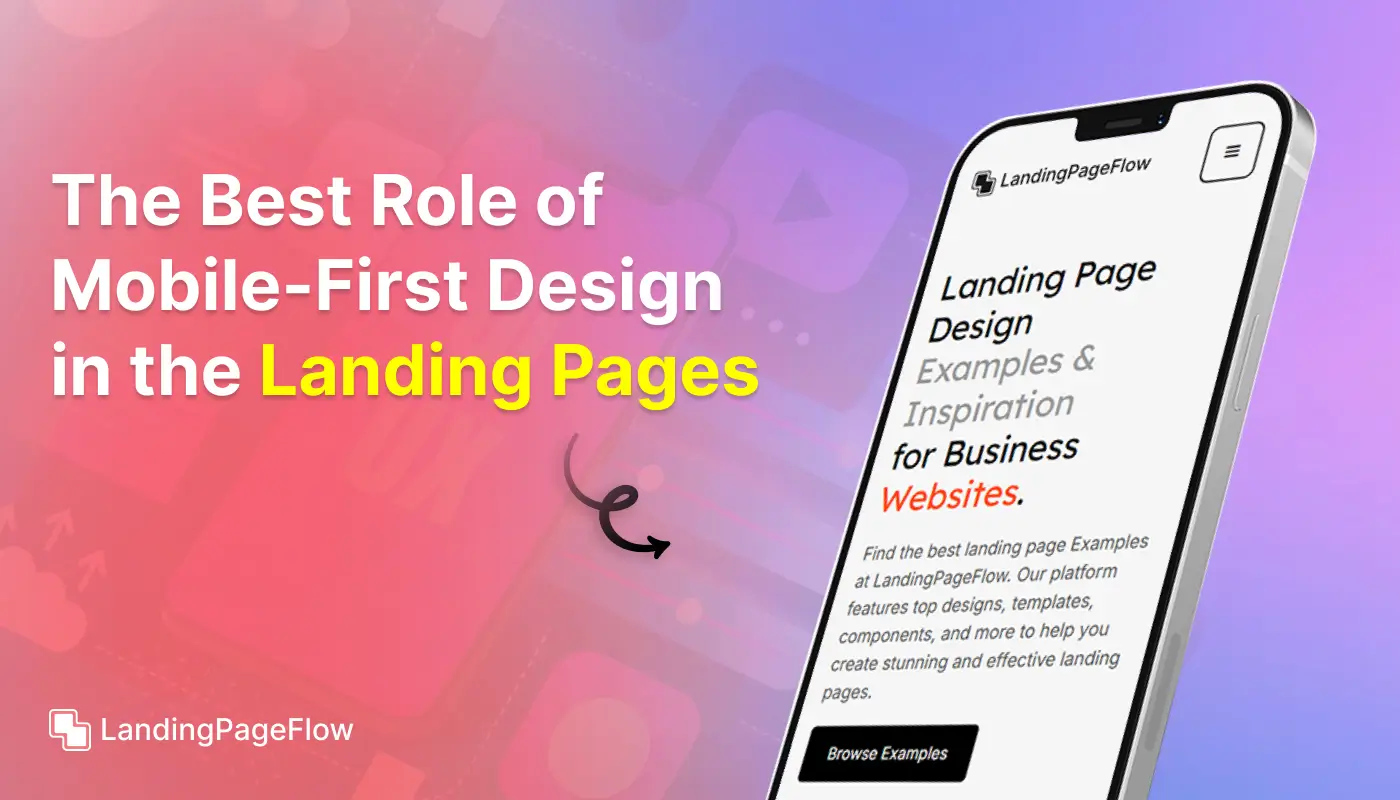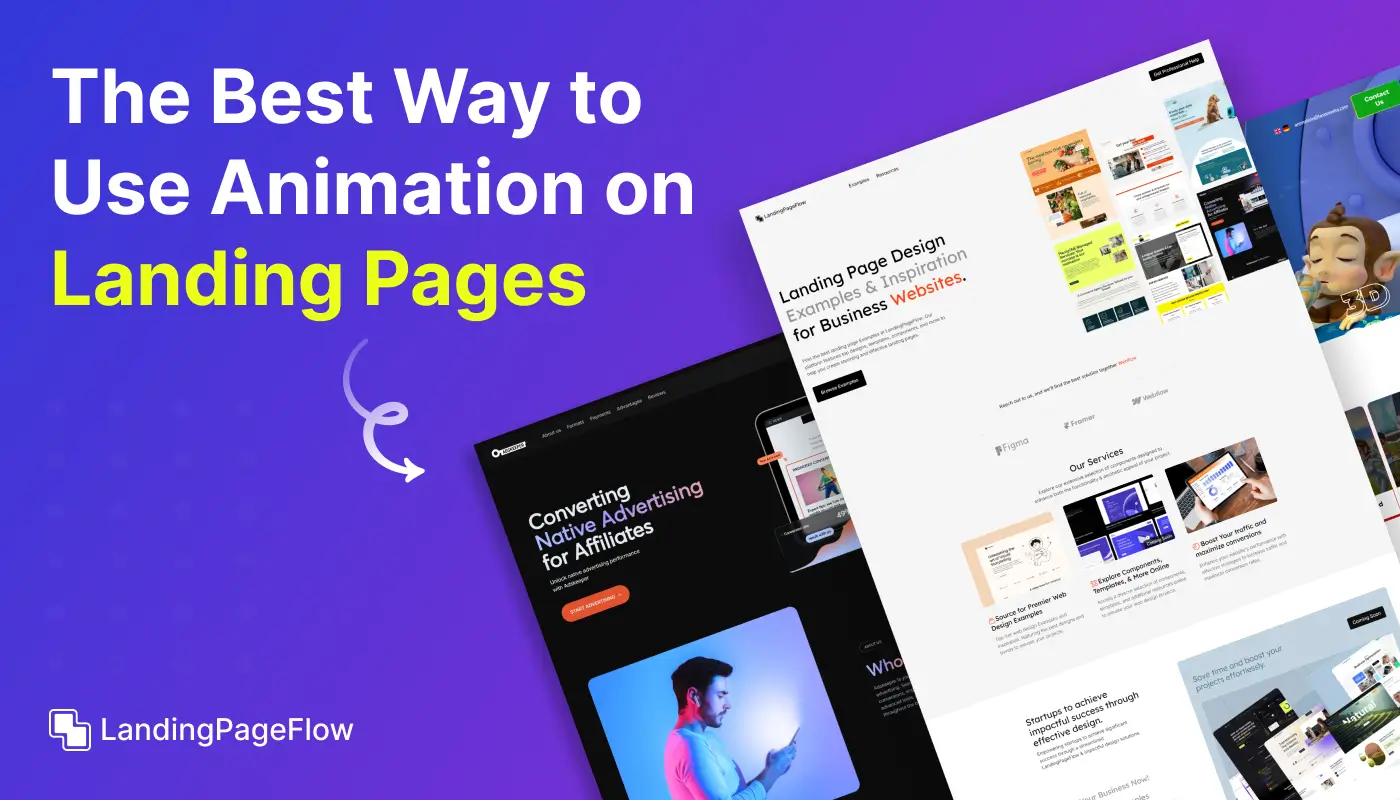Proven Lead Gen Landing Page Strategies for Maximum Conversion

November 18, 2025
Generating leads in a digital-first world requires more than just traffic, and it demands a landing page designed to convert. Many businesses invest heavily in ads, yet lose potential customers at the very first step.
A poorly structured or unfocused landing page often becomes the hidden obstacle.
Strong design paired with a clear message can help eliminate confusion and guide visitors seamlessly. Effective lead gen pages are not about overloading users with information but presenting the right value at the right time.
Compelling headlines capture attention, while strategically placed CTAs encourage clicks.
Thoughtfully chosen visuals and trust signals like testimonials boost credibility. Simplified forms ensure prospects take action without hesitation.
Every landing page should focus on one core goal: turning a visitor into a lead. When aligned properly, design, content, and psychology create powerful results.
"Confused about landing page performance drops?
Get a free expert review & start fixing conversion leaks today."
Table of Contents
- Understanding the Purpose of a Lead Gen Landing Page
- Key Elements of a High-Converting Lead Gen Landing Page
- Compelling Headlines
- Clear and Concise Copy
- Strong Call to Action (CTA)
- Strategies to Optimize Your Lead Gen Landing Page
- Use of Social Proof
- Simplifying the Form
- A/B Testing
- The Importance of Mobile Optimization
1. Understanding the Purpose of a Lead Gen Landing Page

A lead gen landing page is made to collect information from visitors, usually via a form, in return for something of value, like a free trial, webinar access, or an ebook.
The primary goal is to convert visitors into leads that your sales team can nurture.
Unlike other landing pages, the focus here is on collecting data, which can later be used to guide potential customers through the sales funnel.
2. Key Elements of a High-Converting Lead Gen Landing Page

Compelling Headlines
The headline is the first thing visitors see when they arrive on your landing page.
It should be attention-grabbing, concise, and communicate the value of the offer.
A strong headline sets the stage for the rest of the page and encourages visitors to stay and learn more.
Clear and Concise Copy
Your landing page copy should be straightforward and focused on the benefits of your offer.
Avoid jargon and lengthy paragraphs. Instead, use bullet points and short sentences to convey your message.
The copy should address the visitor’s pain points and offer a solution that compels them to act.
Strong Call to Action (CTA)
The CTA is the heart of your lead gen landing page. It’s the button or link that visitors click to submit their information.
The CTA should be prominently displayed, with action-oriented language like “Download Now,” “Get Your Free Trial,” or “Sign Up Today.”
The design of the CTA button should stand out, using contrasting colors to draw the visitor’s eye.
3. Strategies to Optimize Your Lead Gen Landing Page

Use of Social Proof
Social proof, such as customer testimonials, case studies, or logos of well-known brands that use your product, can significantly boost trust and credibility. By showcasing social proof on your landing page, you reassure visitors that others have benefited from your offer, making them more likely to convert.
Simplifying the Form
One of the most critical aspects of a lead-gen landing page is the form. The number of fields you include can directly impact your conversion rates.
Ask for only the most essential information—typically a name and email address. Longer forms may deter potential leads, so keep it simple and user-friendly.
A/B Testing
A/B testing involves creating multiple versions of your landing page with slight variations to determine which performs best.
You can test different headlines, CTAs, form lengths, images, and even color schemes. By continuously testing and refining your landing page, you can optimize it for maximum conversions.
4. The Importance of Mobile Optimization

With more people accessing the internet via mobile devices, your lead gen landing page must be fully optimized for mobile.
This means ensuring that the design is responsive, the form is easy to fill out on a small screen, and the page loads quickly.
A mobile-friendly landing page not only improves the user experience but also increases your chances of converting mobile visitors into leads.
Conclusion
Turning visitors into qualified leads begins with intentional design choices and strategic messaging. Every click counts, and your landing page must respect both time and attention.
Simple structures combined with persuasive content guide prospects toward action effortlessly.
Trust signals, visual hierarchy, and concise CTAs enhance clarity while reducing friction.
Businesses that test, measure, and refine consistently outperform competitors who treat landing pages as static assets.
High-performing lead gen strategies evolve alongside audience expectations, making adaptability essential.
When executed correctly, the right approach transforms casual visitors into loyal prospects.

FAQ
1. What is a lead gen landing page?
A lead gen landing page is a standalone web page designed specifically to capture visitor information, usually through a form, in exchange for value.
2. How many CTAs should a landing page include?
Ideally, one clear and consistent CTA repeated in different spots works best, ensuring focus stays on the main conversion goal.
3. Do visuals really impact conversion rates?
Yes, relevant visuals such as product images, explainer graphics, or social proof elements make the page more engaging and trustworthy.
4. How short should a lead gen form be?
Forms with fewer fields typically convert better. Asking only essential details such as name and email reduces drop-off rates significantly.
5. Should I use testimonials on a lead gen page?
Absolutely. Testimonials, reviews, or logos of trusted clients add credibility and reduce hesitation for new visitors.
6. How often should I test landing page performance?
Regular A/B testing every few weeks helps identify improvements. Testing elements like headlines, CTAs, or layouts ensures ongoing optimization.



















